A brief introduction to the characteristics of Brazilian coffee beans the flavor and taste characteristics of coffee varieties and their treatment methods are introduced in detail.
Professional coffee knowledge exchange more coffee bean information please follow the coffee workshop (Wechat official account cafe_style)
For more boutique coffee beans, please add private Qianjie coffee on Wechat. WeChat account: qjcoffeex
As the largest Arabica coffee producer in the country, Brazil supplies commercial beans and fine beans for the global coffee market. Brazil is located in the Latin American region of the Western Hemisphere, located in the eastern part of South America and the west coast of the Atlantic Ocean, bordering all countries on the South American continent except Ecuador and Chile.
Climate of coffee producing area in Brazil
The territory has a tropical rain forest climate and a tropical prairie climate. The superior tropical natural conditions are very suitable for the growth and production of tropical cash crop coffee. Brazil makes full use of the tropical geographical environment and attaches importance to the production and sale of coffee, so that the output, export volume and per capita consumption of coffee have been ranked first in the world for many years, and have been known as the "kingdom of coffee".
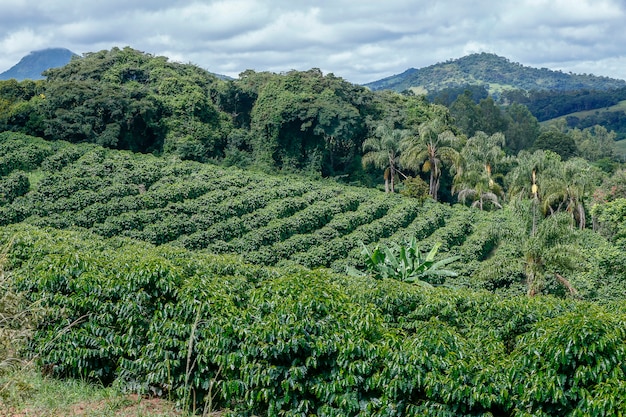
Flavor characteristics of Brazilian coffee beans
But unlike other Central and South American countries, Brazil has a flat terrain, lacks a microclimate and cannot form a large temperature difference between day and night to prolong the growth of coffee beans.
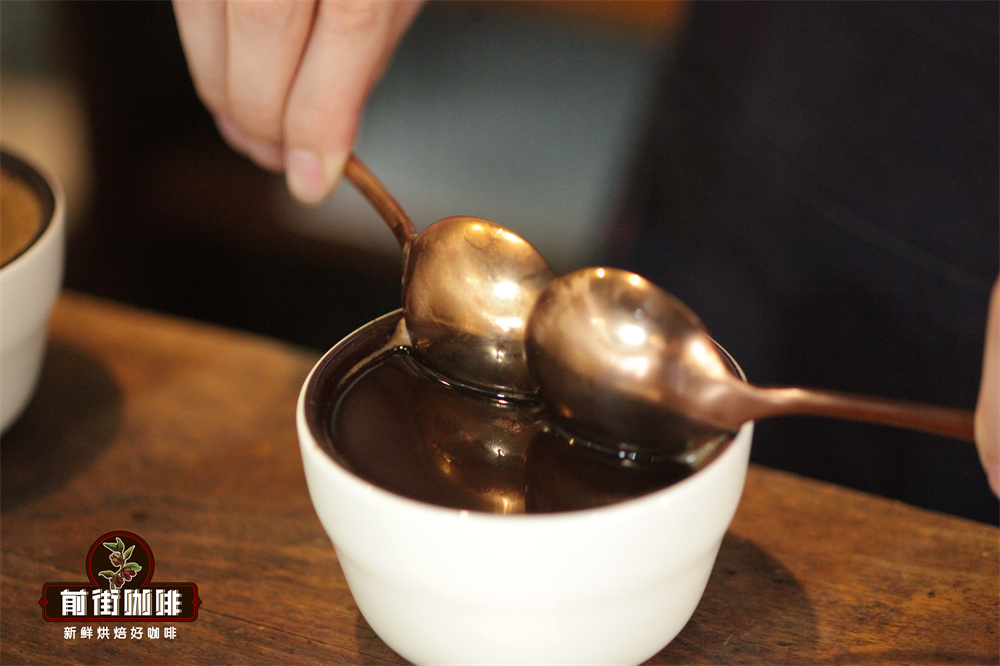
Therefore, Qianjie Coffee tests a variety of coffee beans from Brazil in the cup, all of which show low acidity, no particularly bright flavor, and mainly the tonality of nuts, caramel and chocolate, so Qianjie roasters will roast the beans in medium and deep depth. Brazilian coffee shows a balanced and mellow feeling.
Brazilian boutique coffee producing area
The topography of Brazil is mainly divided into two parts, one is the Brazilian plateau above 500 meters above sea level, distributed in the central and southern parts of Brazil, and the other is the plain below 200 meters above sea level, mainly in the north and west of the Amazon River basin.
Several kinds of boutique coffee are grown in central and southern Brazil, including the states of Sao Paulo (including Morgiana Mogiana and Centro-Oeste) and Minas Gerais (South Minas Sul de Minas, Hilado Cerrado Mineiro, East Minas Chapada de Minas, Southeast Minas Matas de Minas).
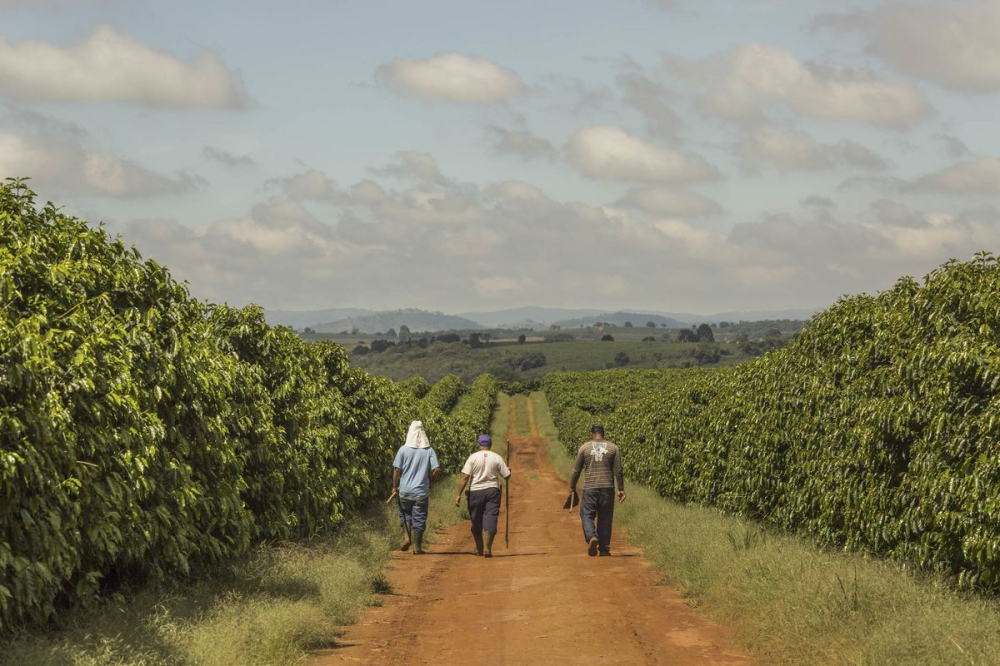
Among them, the two Brazilian coffee beans on Qianjie Coffee shelves and the Brazilian coffee used in Italian coffee beans are from boutique coffee producing areas.
Brazil, one of the selected rations beans in Qianjie production area, and Brazil, one of the blended coffee beans, all use red bourbon coffee beans grown at an altitude of 1000m from the Hirado region. The characteristic of this variety is that it has a good sense of sweetness. the higher the altitude, the better the flavor. Brazilian coffee beans grown in Syrador, with a sweet taste of nuts, caramel or chocolate.
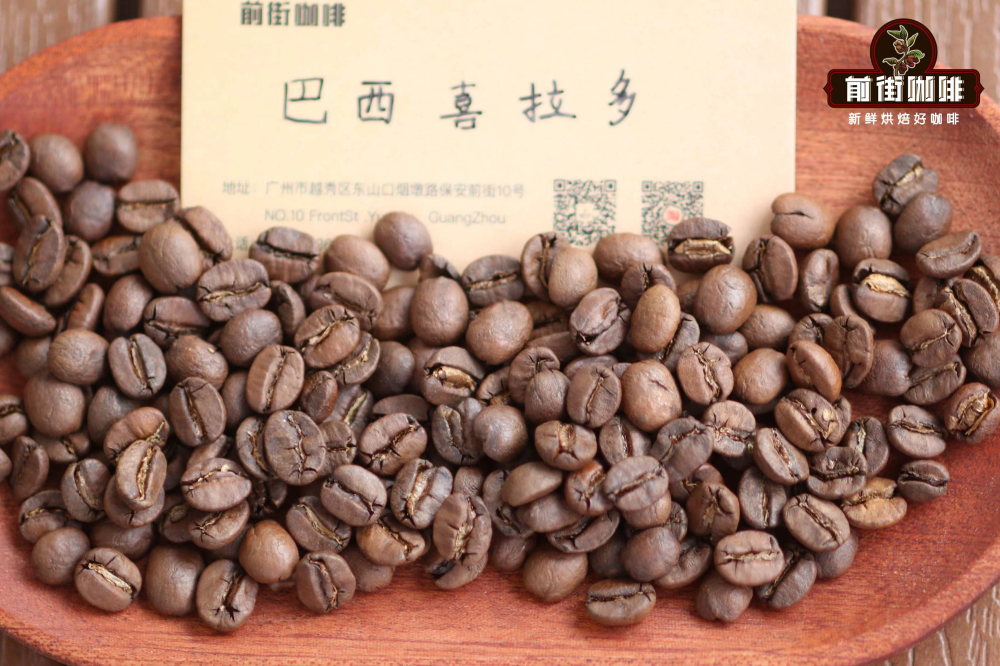
Qianjie Brazilian Queen's Manor coffee beans, which come from Morgiana, are planted at 1400m above sea level, which is one of the few high-altitude areas in Brazil. Fazenda Rainha is managed by Jos é Renato G. Dias, an agricultural engineer who specializes in coffee production. The farm covers an area of 280 hectares, of which 200 hectares are mainly planted with yellow bourbon.
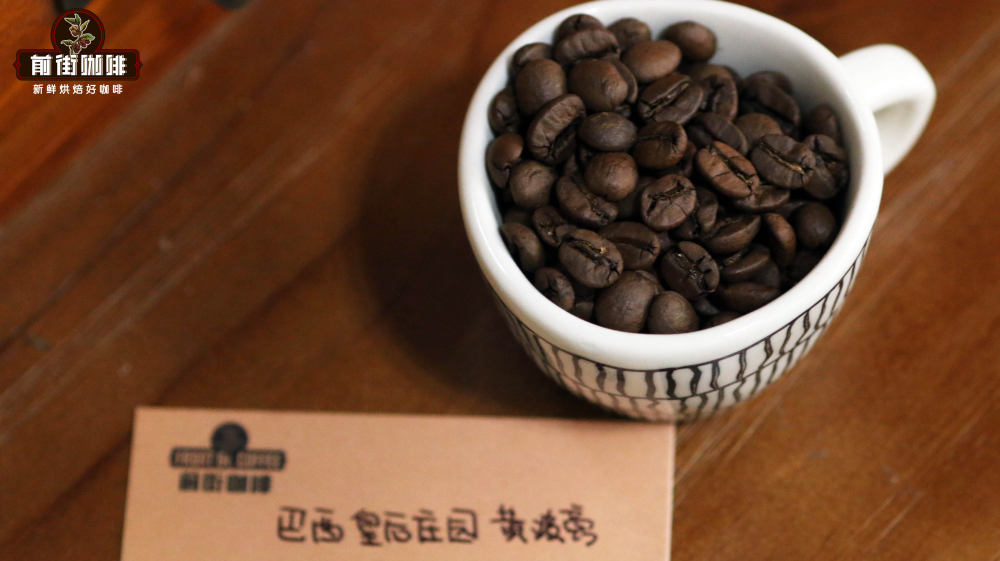
This coffee variety is characterized by nuts and chocolate, the acidity is balanced and supple, the bitter feeling is weak and clean, the whole is very bright and refreshing, is a variety of red bourbon variety. Therefore, the Brazilian coffee beans grown at Queen's Manor have strong chocolate and nutty aromas, bright and refreshing taste, smooth and delicate taste, and sugarcane sweetness.
Brazilian coffee processing method
As far as coffee is concerned, Qianjie Coffee believes that in addition to varieties, producing areas and planting methods, there is also an important process-coffee raw bean treatment, different treatments will lead to different coffee bean flavor. Coffee beans in Brazil are mainly treated by half-sun treatment, while Brazilian coffee beans currently sold in Qianjie Coffee are treated by half-sun treatment.
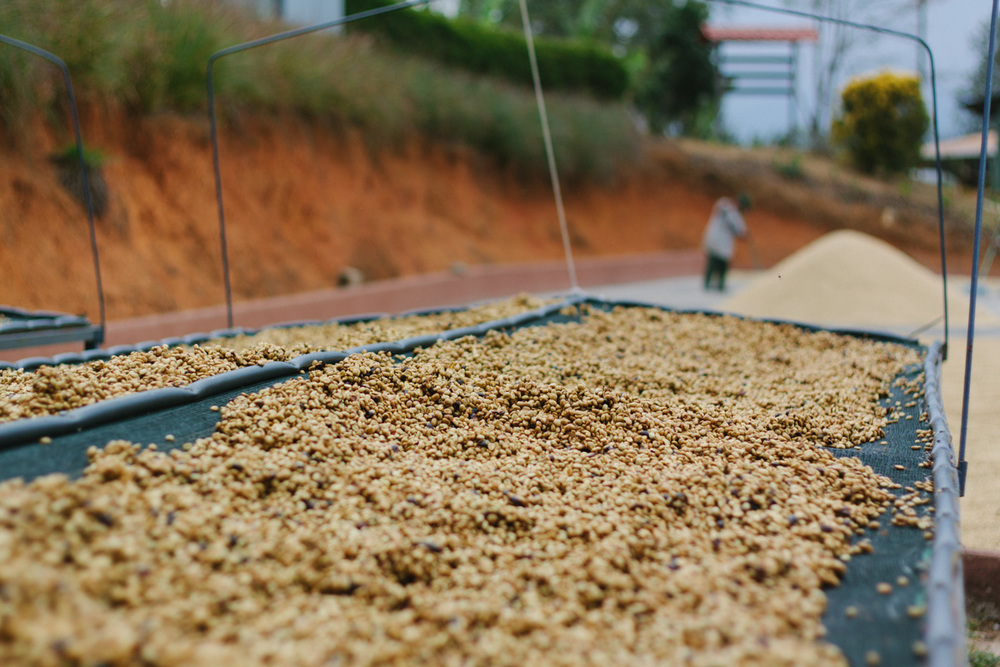
Half-sun is to remove the peel and pulp of coffee berries, which can control the degree of fermentation of pectin coffee beans after peeling and peeling. The traditional sun is the sun with peel and pulp, so the fermentation degree of pectin can not be seen. The half-sun treatment is between the sun treatment and the water washing treatment, but there is no "pool fermentation and water washing" process of the water washing treatment, but it is directly exposed to the sun.
Although the method seems to be similar, without the step of fermentation, the flavor of coffee beans is completely different. Half-sun treatment in the process of removing the pulp of coffee peel, the ripe pulp will be easily removed, and the immature green fruit peel is not easy to deal with, so a second screening can be carried out to filter the immature fruit and unify the maturity of the coffee fruit. Compared with the sun drying method, Qianjie believes that the cleanliness and maturity of the coffee beans will be improved, resulting in a more uniform taste of coffee.
How do Brazilian coffee beans taste good?
If you want to make a cup of coffee, freshly roasted coffee beans are particularly important. Qianjie Coffee in order to make every partner can drink coffee at its best, all coffee beans shipped up and down the line are sent out within 5 days after baking.
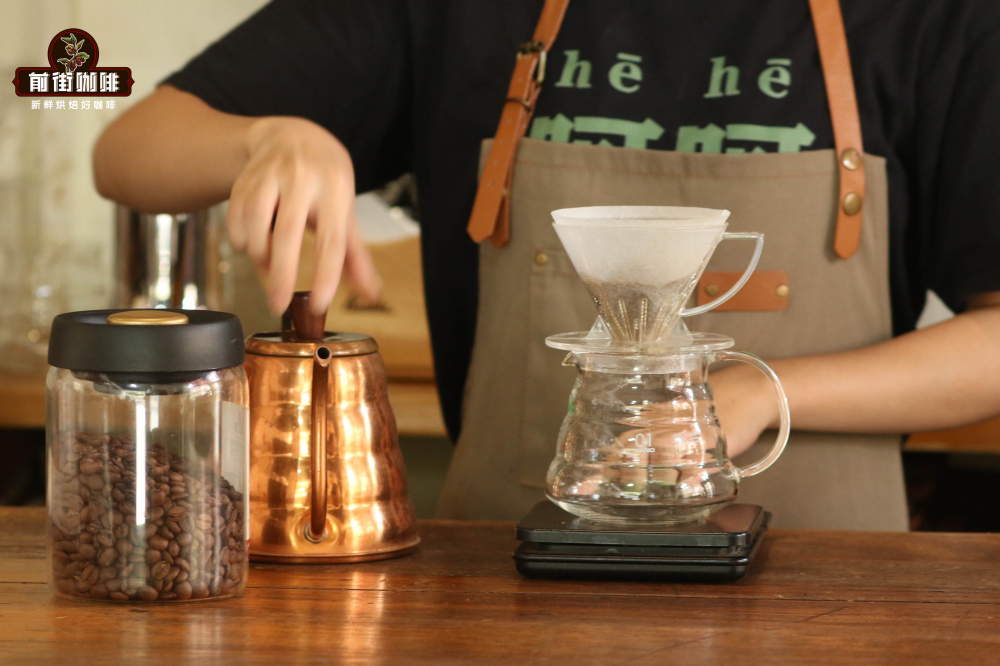
In order to show the balanced and mellow flavor of Brazilian coffee, Qianjie Coffee recommends trickling extraction (hand brewed coffee). Qianjie store product parameters: using Kono filter cup water temperature: 88 ℃ powder quantity: 15g powder water ratio: 1:15 powder water ratio grinding: medium fine grinding (Chinese standard No. 20 sieve pass rate 70-75%)
Street coffee is extracted by stages, also known as three-stage brewing: steaming with 30 grams of water for 30 seconds, injecting water around a circle to 125 grams for stages, continuing to inject water to 225 grams when the water level is about to be exposed to the powder bed, removing the filter cup when the water level is about to be exposed from the powder bed, (steaming starting timing) the extraction time is 2 grams 39th 05 "- 2 grams 3915".
Important Notice :
前街咖啡 FrontStreet Coffee has moved to new addredd:
FrontStreet Coffee Address: 315,Donghua East Road,GuangZhou
Tel:020 38364473
- Prev
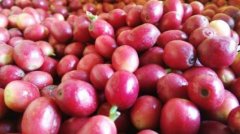
Why is Brazilian coffee called the "giant" and "monarch" of the coffee world?
Old bourbon coffee is grown on some estates in the Serrado district of Minas Greais state in southeastern Brazil. Old varieties of bourbon coffee grown on these estates, such as Capin Branco and Vista Allegre, are also sold on the market. Although they come from the same area, these coffees have their own characteristics. Card
- Next

A brief introduction to the producing area of boutique coffee in the world: the rise of Kenya
Internationally, the increase in the number of Kenyan coffee is obvious. From 1969 to 1970, 800000 bags were exported, and from 1985 to 1986, exports increased to 2 million bags. Now the yield is stable at 1.6 million bags, with an average yield of about 650kg per hectare. Even before coffee prices skyrocketed in recent years, the average price of coffee in Kenya had been rising. Price from 1993 to 1994
Related
- Detailed explanation of Jadeite planting Land in Panamanian Jadeite Manor introduction to the grading system of Jadeite competitive bidding, Red bid, Green bid and Rose Summer
- Story of Coffee planting in Brenka region of Costa Rica Stonehenge Manor anaerobic heavy honey treatment of flavor mouth
- What's on the barrel of Blue Mountain Coffee beans?
- Can American coffee also pull flowers? How to use hot American style to pull out a good-looking pattern?
- Can you make a cold extract with coffee beans? What is the right proportion for cold-extracted coffee formula?
- Indonesian PWN Gold Mandrine Coffee Origin Features Flavor How to Chong? Mandolin coffee is American.
- A brief introduction to the flavor characteristics of Brazilian yellow bourbon coffee beans
- What is the effect of different water quality on the flavor of cold-extracted coffee? What kind of water is best for brewing coffee?
- Why do you think of Rose Summer whenever you mention Panamanian coffee?
- Introduction to the characteristics of authentic blue mountain coffee bean producing areas? What is the CIB Coffee Authority in Jamaica?

